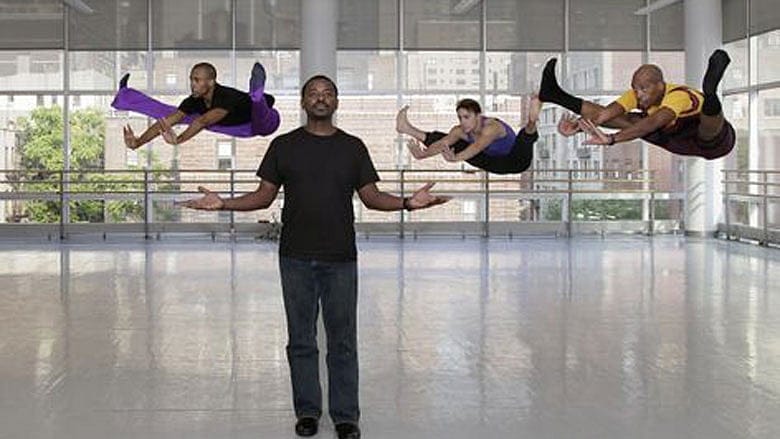Defining movement with the legendary Alvin Ailey Dance Theater

Founded in 1958, the historic Alvin Ailey Dance Theater returns to Boston with their inimitable African-American cultural expression. The group has been brought to the city by the Celebrity Series of Boston since 1968. The performance this year features Lawrence, Mass. native Belen Pereyra, and will include several premieres in addition to classic repertoire productions. Artistic Director Robert Battle has been at the helm of the organization since 2011, and shared his professional insights and vision for the renowned dance company.

